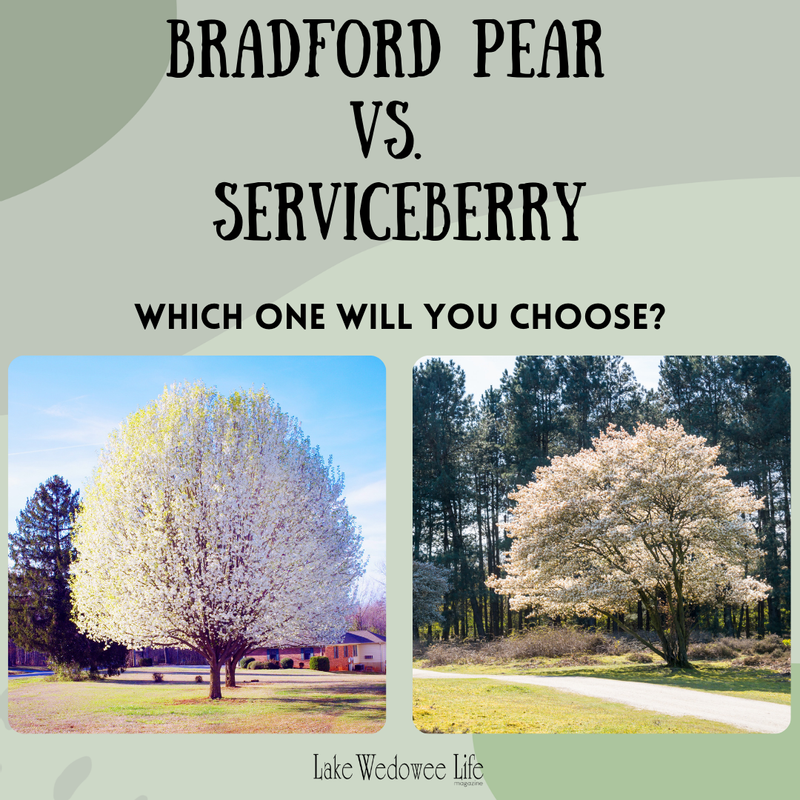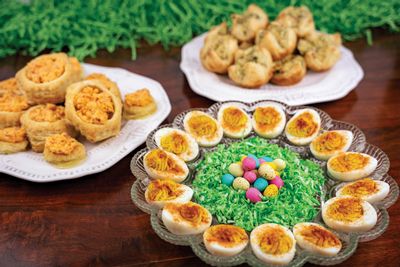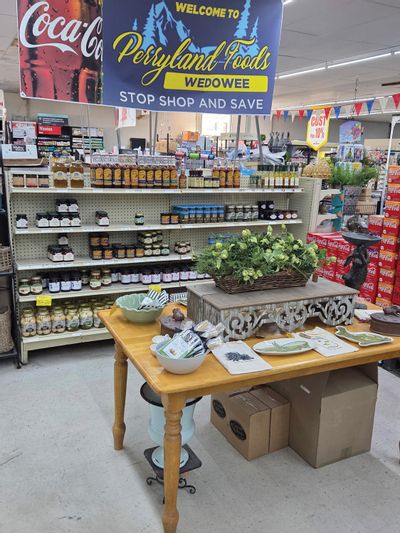Bradford Pear vs. Serviceberry: Why One Tree Harms, and the Other Heals

If you live in Alabama, you've likely seen the explosion of white blooms that show up each spring along roadsides, neighborhoods, and commercial properties. While they might look pretty from a distance, there’s an important story behind those blossoms—and it’s not exactly a fairytale.
Let's talk about the Bradford Pear (Pyrus calleryana) and how it compares to a beautiful, beneficial native alternative: the Serviceberry (Amelanchier spp.).
The Bradford Pear: A Pretty Problem
Originally introduced from Asia in the mid-20th century as a fast-growing ornamental, the Bradford Pear quickly gained popularity for its symmetrical shape and early spring flowers. But it didn’t take long for things to go wrong.
Here’s the deal:
- It’s invasive. Bradford Pears escape landscapes and invade natural areas, crowding out native plants and disrupting local ecosystems.
- It smells... off. While the white blooms are showy, they emit a notoriously unpleasant odor (think: fishy).
- It’s structurally weak. The tree grows fast, but its branches are brittle and prone to breaking—especially during storms.
- It offers little for wildlife. The small, hard fruits aren't palatable, and the tree provides minimal nectar or habitat for pollinators and birds.
Despite its visual appeal, the Bradford Pear is considered one of the most problematic trees in the Southeast, including right here in Alabama.
The Native Alternative: Serviceberry
Enter the Serviceberry, a true gem of Alabama's native flora. This small, multi-trunked tree or large shrub blooms around the same time as the Bradford Pear, but that’s where the similarities end.
Here’s why Serviceberries shine:
- They’re native. Serviceberries have evolved alongside Alabama's wildlife, making them a perfect fit for our environment.
- They smell sweet. Their delicate white flowers are lightly fragrant and far more pleasant than the Bradford Pear’s pungent perfume.
- They produce edible fruit! The berries taste like a mix between blueberries and almonds—great for humans and beloved by birds and other wildlife.
- They support biodiversity. As a host plant for native pollinators and a food source for over 40 species of birds, Serviceberries play a crucial role in a healthy ecosystem.
- They’re resilient and long-lived. With strong branch structure and fewer disease issues, these trees are built to last.
Why It Matters
Choosing native trees like the Serviceberry over invasive ones like the Bradford Pear isn't just good for your yard—it’s a win for the entire ecosystem. Native plants support native insects, which in turn feed native birds, amphibians, and mammals. It’s all connected.
So the next time you see those white blossoms lining the roadside, take a moment to look closer. Are they helping the environment—or hurting it?
And if you're thinking of planting a tree this spring, make the choice that supports Alabama’s native beauty and biodiversity.
Choose Serviceberry. Say goodbye to Bradford Pear.




